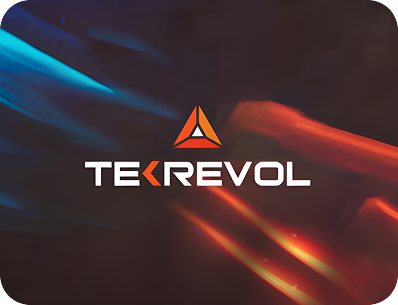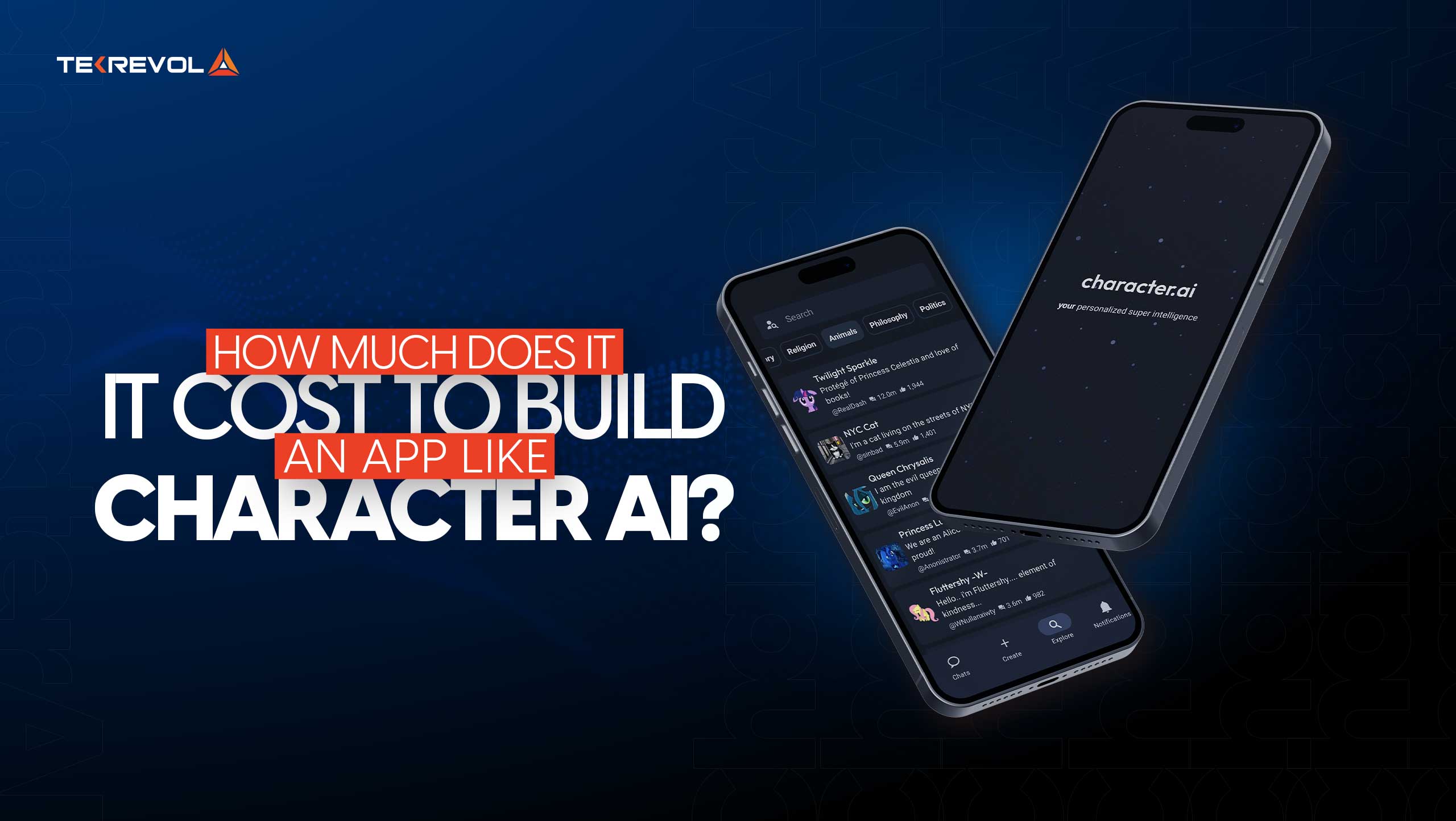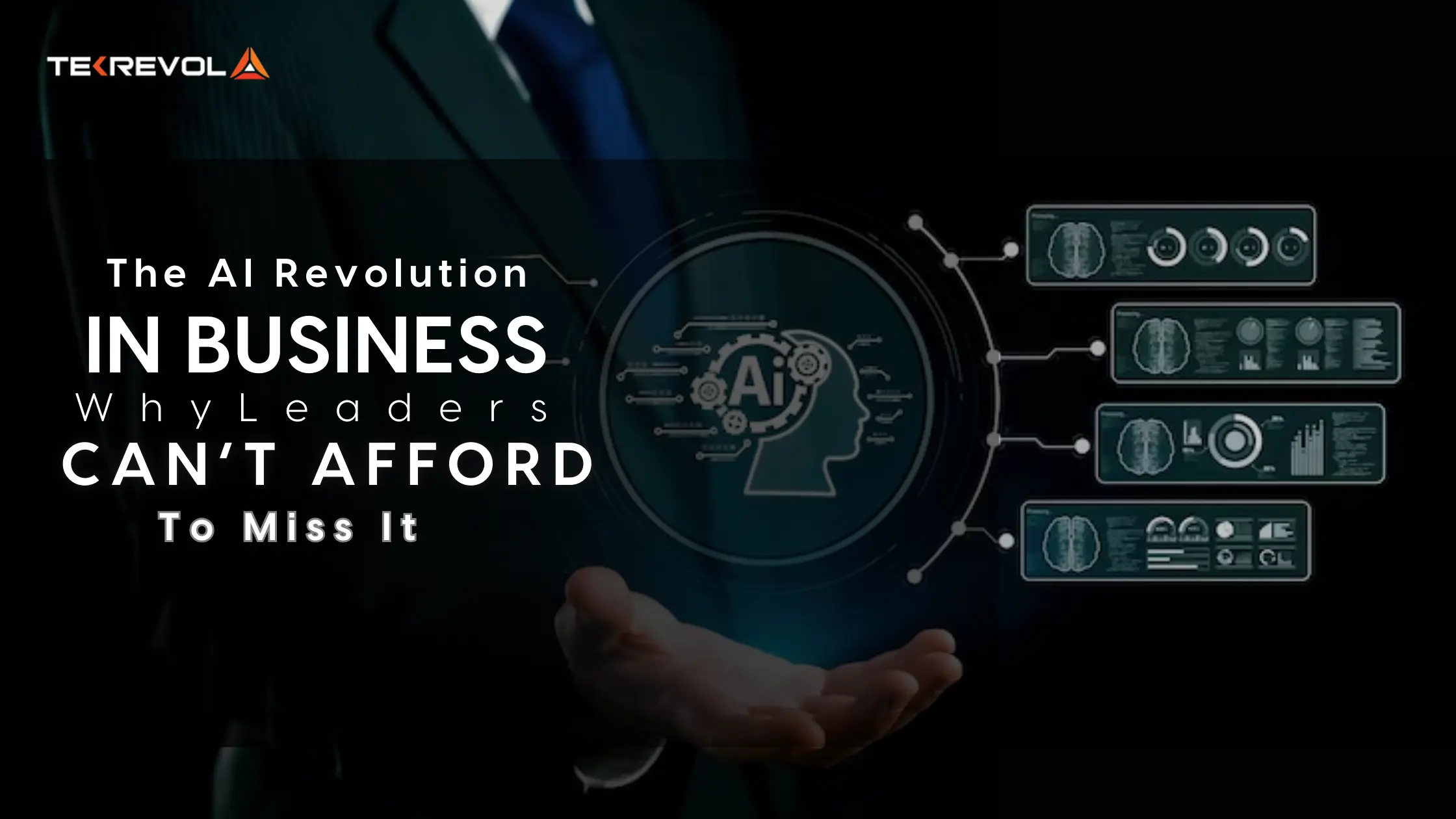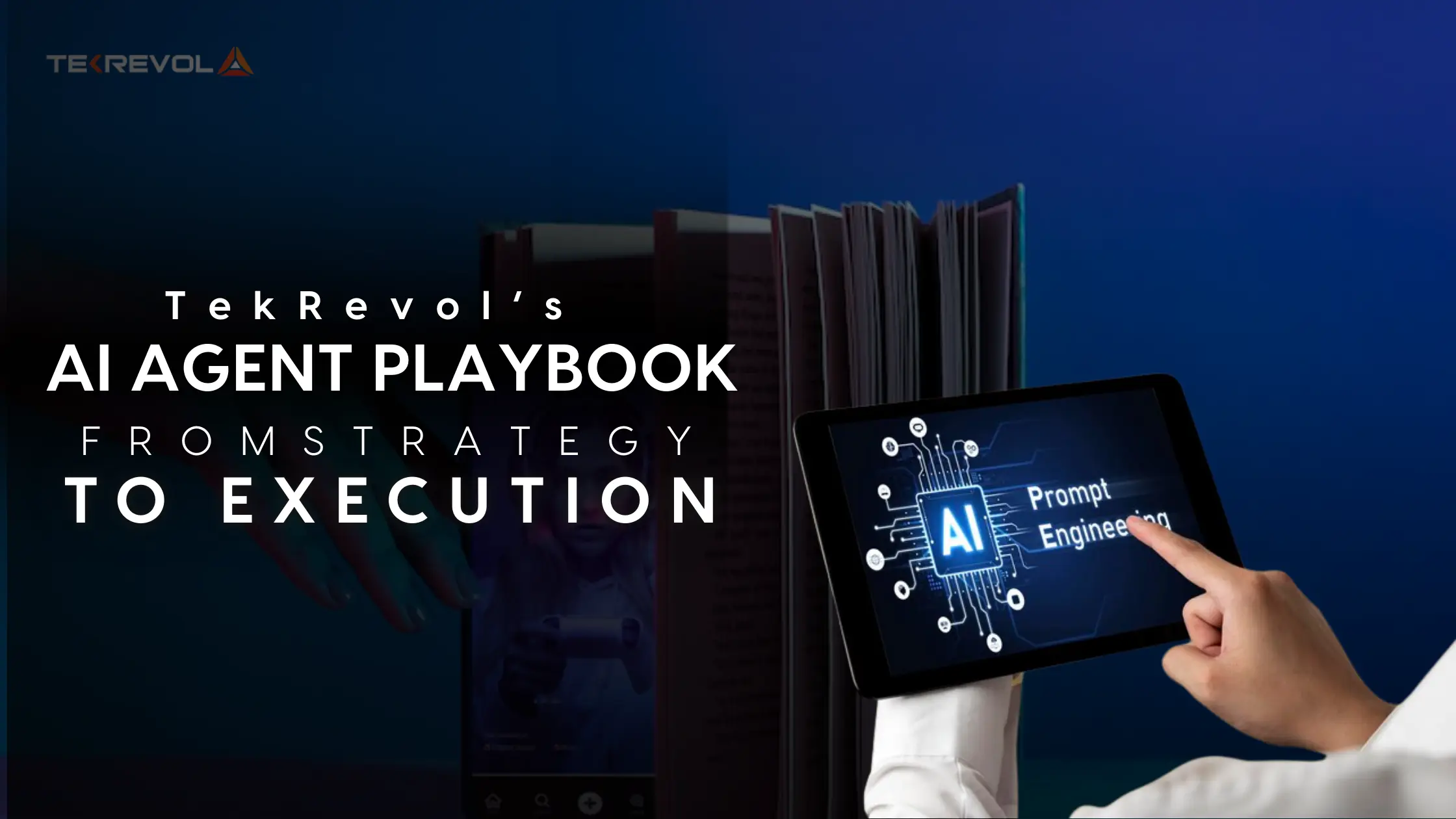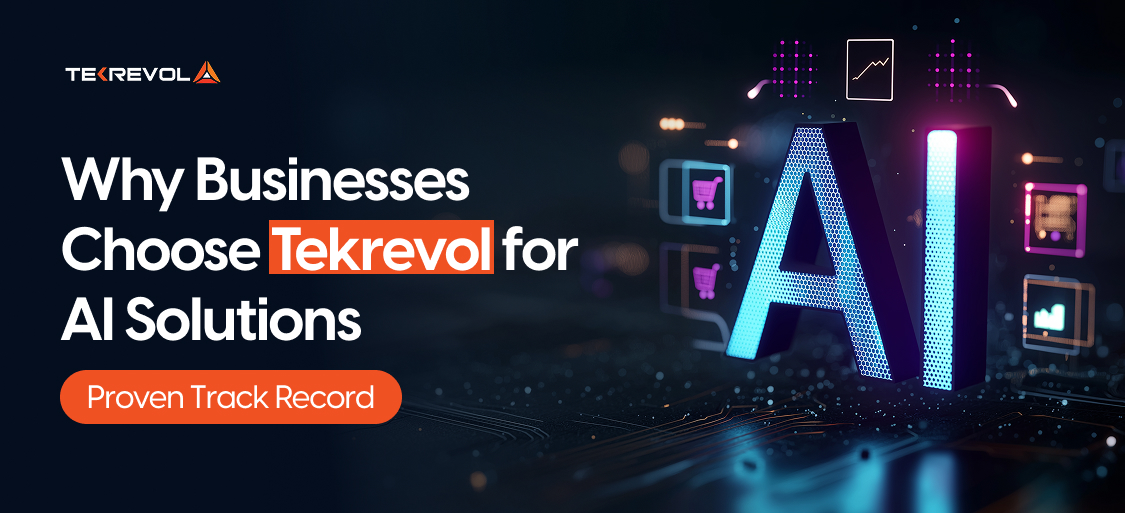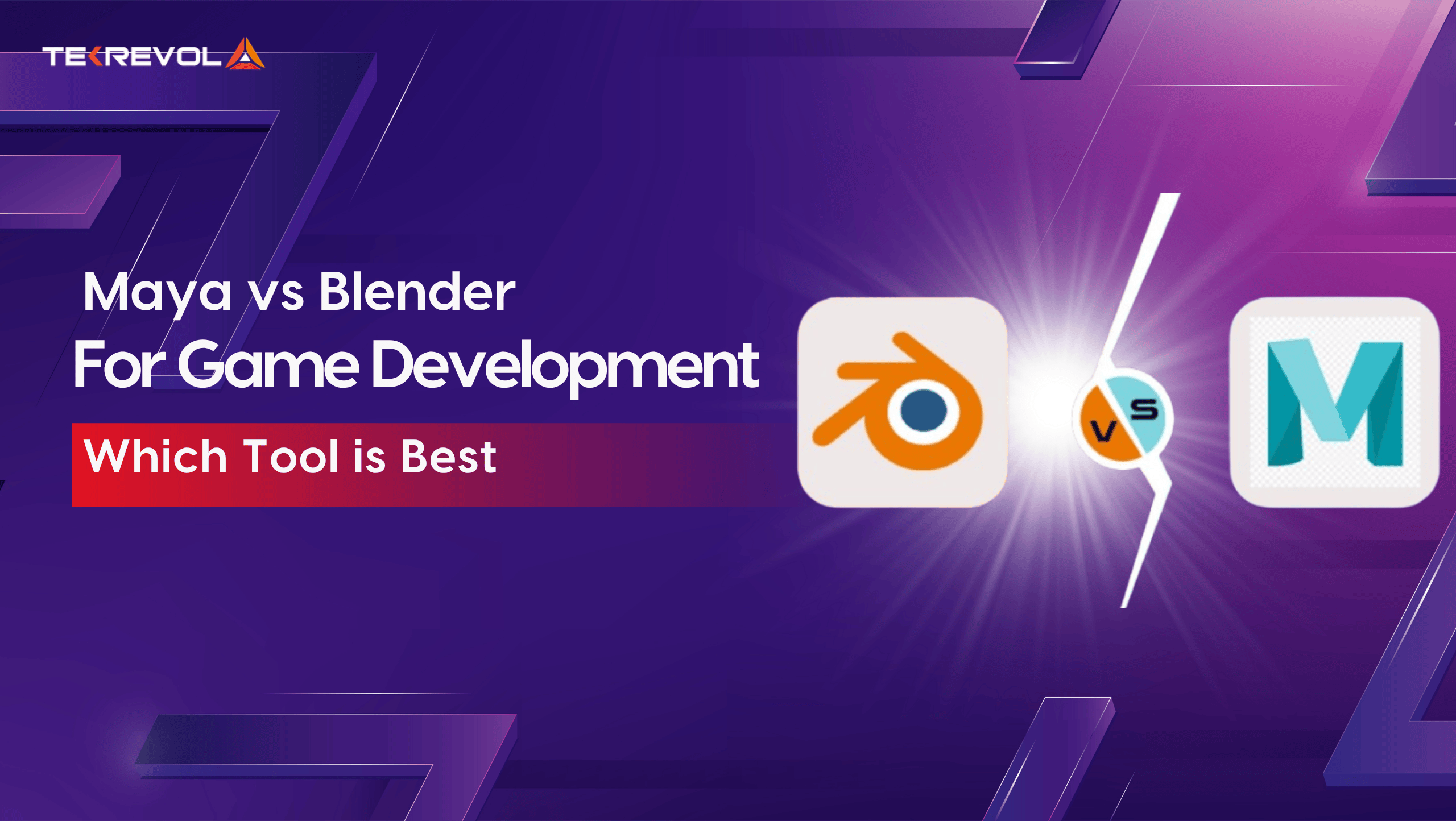If you’ve ever asked ChatGPT to write a poem or watched an AI turn random words into jaw-dropping art, congrats! You’ve already encountered generative AI types in action. Unlike traditional AI, which only predicts or analyzes, generative AI creates. It writes, paints, codes, and even composes music using different types of generative AI models.
If you’re wondering what are the types of generative AI models, you’re in the right place. This guide breaks down the four types of generative AI with examples. We’ll also cover generative AI categories used in business and shed light on how generative AI services power innovation.
Let’s get into it.
What Makes Generative AI Different?
Generative AI stands out because it creates content rather than just analyzing it. Unlike traditional AI models, different types of generative AI models can produce text, images, audio, and even code with minimal human input.
These generative AI types learn patterns from existing data and generate new content that mirrors it. For example, a model trained on novels can write a short story, while another trained on images can create original artwork. These capabilities make generative AI services a powerful asset for content creation, automation, and innovation.
Exploring generative AI categories also helps clarify which types of generative AI tools are suitable for specific business needs, from automated design to predictive analytics.
| Feature | Traditional AI | Generative AI |
| Purpose | Analyze data, detect patterns | Create new content (text, images, code, music, etc.) |
| Example Use Cases | Fraud detection, email filtering, and recommendation engines | Text generation, image creation, and music composition |
| Output | Predictive, rule-based | Original, probabilistic, and often creative |
| Intelligence Type | Reactive | Imaginative (sort of) |
| Human Comparison | Data analyst | Artist, writer, or coder on Red Bull |
Understanding types of generative AI helps businesses and developers see the full potential of these tools. For companies seeking guidance, partnering with a top AI development company can accelerate adoption and implementation.
Types of Generative AI Models
Generative AI doesn’t run on fairy dust (though it might feel like it). Behind every image you generate, song you remix, or haiku you ask your chatbot to write, there’s a generative AI model pulling the strings.
Broadly, AI researchers classify them into four types of generative AI based on how they generate content and learn patterns. Knowing these different types of generative AI helps businesses select the right generative AI tools and services for their needs.
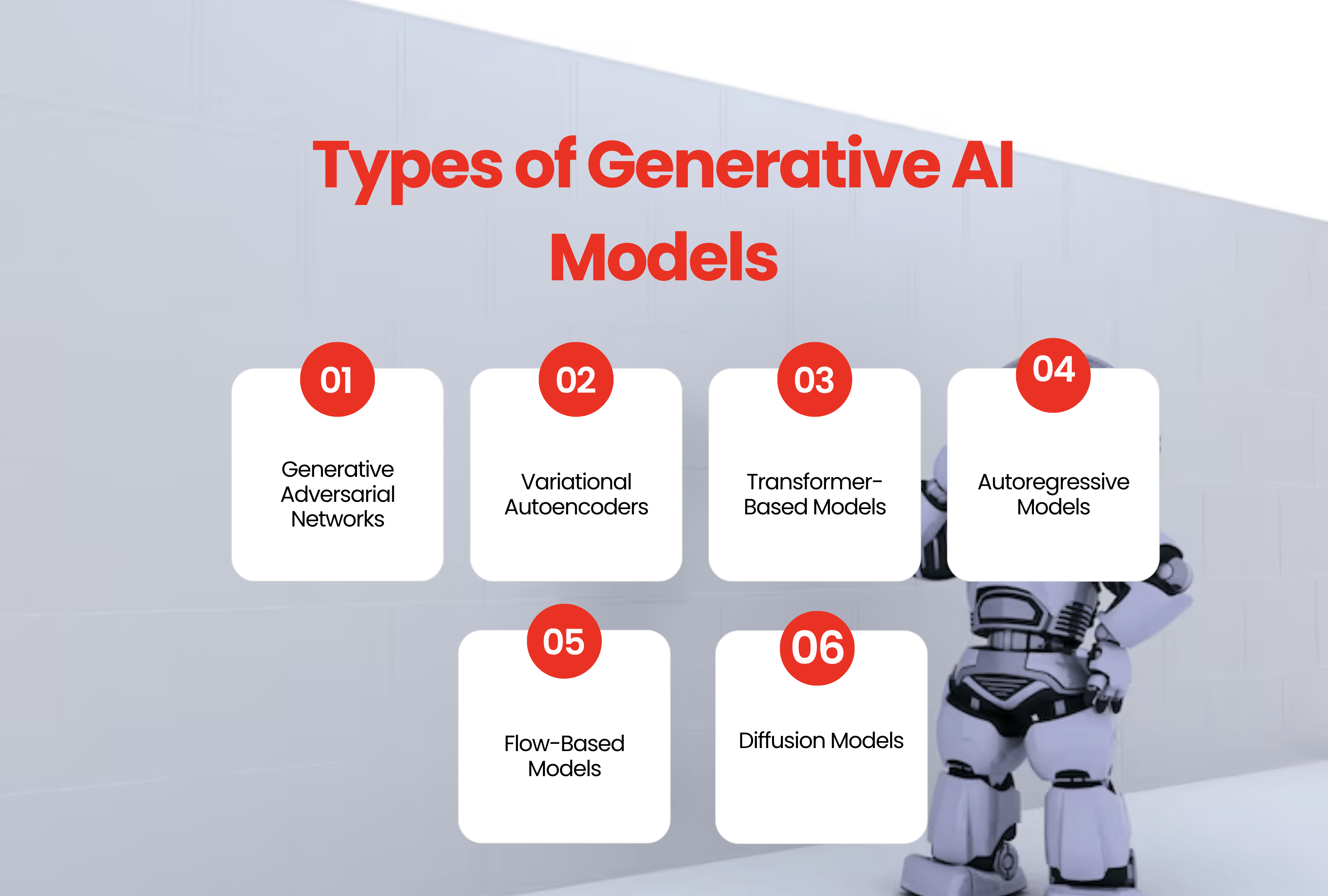
These models are the engine rooms of generative AI services, and depending on their architecture, they each bring something unique to the table.
Let’s break down the types of generative AI models that are driving today’s most jaw-dropping innovations.
Generative Adversarial Networks (GANs)
What it is: A showdown between two AIs – the Generator vs. the Discriminator that compete to improve output quality.
- The Generator creates fake content.
- The Discriminator checks if it looks real.
- They battle it out, improving each other, until the Generator gets scary good.
Real-world uses:
This generative AI type excels at:
- Photo-realistic image creation (think AI-generated faces or deepfakes)
- Style transfer in art and design
- Super-resolution upscaling for images
Variational Autoencoders (VAEs)
What it is: A model that compresses data into a simpler form (encoding), then reconstructs it (decoding), but with a little randomness thrown in.
Real-world uses:
- Face generation and morphing
- Anomaly detection (especially in healthcare or finance)
- Drug molecule generation
Transformer-Based Models
What it is: The superstar architecture behind GPT-4, BERT, and other headline grabbers. Transformers are built for sequence data, especially text. These types of generative AI tools power applications like ChatGPT and content automation platforms.
Real-world uses:
- Text generation (emails, blogs, scripts)
- Translation, summarization, sentiment analysis
- Coding assistants like GitHub Copilot
Autoregressive Models
What it is: These models generate content one piece at a time, predicting the next word, pixel, or token based on the previous ones. They are widely used in natural language processing services to power chatbots, text generation, translation, and content automation.
Real-world uses:
- Language modeling (like GPT)
- Time series generation
- Sequential art or video creation
Flow-Based Models
What it is: These use invertible functions to learn how to generate data and map it back to its original form, super useful for probability-heavy tasks.
Real-world uses:
- Image generation
- Realistic speech synthesis
- Data compression
Diffusion Models
What it is: Diffusion models progressively refine random noise to produce high-quality images, audio, and more. They are gaining traction for advanced generative AI examples in creative industries.
Real-world uses:
- Tools like DALL·E 2, Stable Diffusion, Midjourney
- AI art, product design, and even scientific visualizations
Too much to comprehend in a single time? Here’s a table that’s got you covered with different types of generative AI.
| Model Type | Core Concept | Popular Use Cases | Famous Tools |
| GANs | Generator vs. Discriminator battle | Image generation, video synthesis | This Person Does Not Exist |
| VAEs | Encode-decode with controlled randomness | Anomaly detection, image morphing | Variational Autoencoder Libraries |
| Transformers | Attention-based sequence modeling | Text, translation, summarization | GPT, BERT, Claude, LLaMA |
| Autoregressive Models | One-step-at-a-time generation | Language models, sequential generation | GPT series, WaveNet |
| Flow-Based Models | Invertible mappings for data distribution | Speech synthesis, image modeling | Glow, RealNVP |
| Diffusion Models | Noise-to-signal transformation | High-res image generation, video, 3D rendering | Stable Diffusion, Midjourney |
Leading Generative AI Tools
Alright, now that you know the brains behind the operation (hello, GANs, transformers, and friends), it’s time to meet the generative AI tools, apps, platforms, turning all that model magic into everyday productivity, creativity, and even career-changing workflows.
These tools are the public face of generative AI services – from AI that writes like Hemingway to image generators that make your graphic designer sweat (just a little). Whether you’re drafting emails, creating art, or developing code, there’s a tool here doing the heavy lifting.
Let’s break down types of generative AI tools by category.
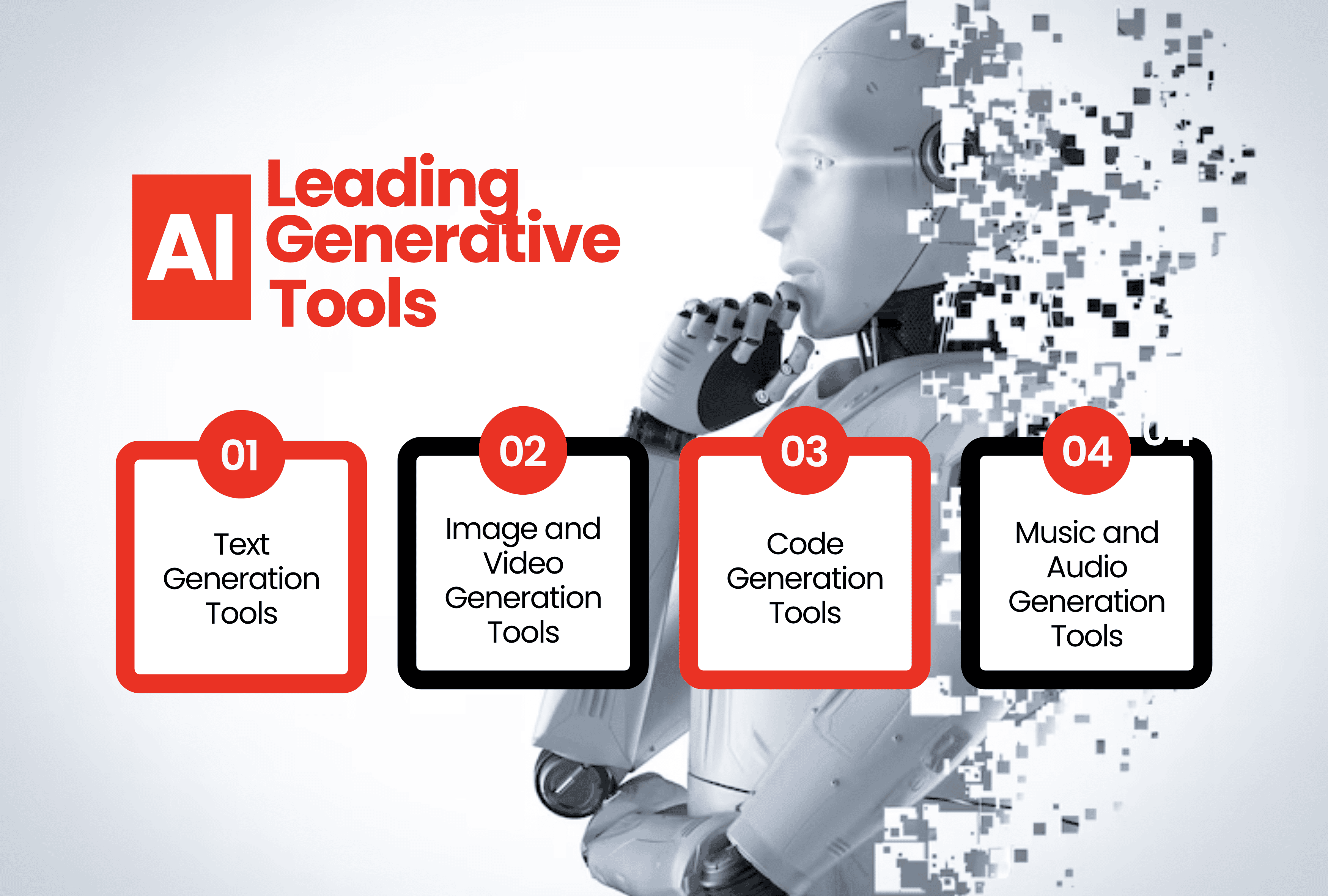
Text Generation Tools
1. ChatGPT (OpenAI)
You knew this was coming. ChatGPT, built on GPT-3.5 and GPT-4, is the poster child for transformer-based models. It can write essays, answer questions, generate marketing copy, debug code, and even draft legal documents (don’t sue it, though; it’s not a lawyer).
Why people love it:
- Natural, humanlike responses
- Versatile across industries
- Plug-and-play via OpenAI or API
2. Bard (Google)
Bard brings Google’s deep search expertise into the generative AI space. While not as widely adopted as ChatGPT yet, it’s rapidly evolving with integration into Gmail, Docs, and Search.
Fun fact: Bard pulls real-time info from the web. That’s like giving your AI a live wire to Google.
Image and Video Generation Tools
1. DALL·E 2
Another OpenAI gem, DALL·E 2, turns your words into visual art. Just type in a prompt like “a Renaissance-style portrait of a cat playing chess,” and it delivers. Beautifully.
Best for: Artists, marketers, content creators, or anyone who needs visuals fast.
2. Midjourney
The rebel of the group. Midjourney is known for its dreamy, cinematic aesthetic. Run on Discord (because why not), it’s the go-to for designers pushing creative boundaries.
Notable features: Hyper-stylized visuals and community-driven prompt sharing. It’s like Pinterest, but made by AI.
Code Generation Tools
1. GitHub Copilot
Built by GitHub and OpenAI, Copilot is like pair programming with an overachieving bot. It writes code, autocompletes functions, and explains what it just wrote (sometimes better than your coworker).
- Supported languages: JavaScript, Python, TypeScript, Go, and more.
- Why devs love it: Massive speed boost. Plus, it writes boilerplate code so you don’t have to.
2. Amazon CodeWhisperer
Amazon’s answer to Copilot. CodeWhisperer integrates tightly with AWS tools and excels at providing security-conscious and cloud-ready code suggestions.
- Pro tip: If you’re building on AWS, this is your AI coding buddy.
Music and Audio Generation Tools
1. Jukebox (OpenAI)
Yes, OpenAI made an AI that sings. Jukebox generates original music, lyrics, instruments, and vocals, all based on a genre, artist, or mood.
2. MusicLM (Google)
MusicLM transforms text prompts into music, such as “a jazz band playing under the stars in Paris.” This tool opens new possibilities for generative soundscapes and can be incorporated into music app development for unique user experiences.
Real-World Applications Of Generative AI Across Industries
Now that we’ve geeked out on the models and explored the coolest tools on the block, you might be wondering, “Okay, but what’s actually happening with this stuff in the real world?”
Short answer: a lot.
From revolutionizing drug discovery to designing entire marketing campaigns in minutes, the types of generative AI we’ve talked about aren’t just floating in research labs; they’re already changing how industries operate, innovate, and compete.
Let’s explore how different types of generative AI are being used across sectors that matter to, well, pretty much everyone.
Healthcare
Generative AI is reshaping healthcare in ways that go far beyond WebMD search spirals.

- Drug Discovery
Instead of taking years and billions to test compounds, generative models can simulate and suggest viable drug candidates in a matter of days. Platforms like Insilico Medicine use generative AI services to create novel molecular structures for diseases like fibrosis and cancer.
- Medical Imaging Analysis
Generative models enhance, fill gaps in, or even reconstruct MRI or CT images. Imagine getting a clearer picture with less radiation or a shorter scan time. Yeah, that’s happening.
Finance
While Wall Street has always been into AI, now it’s getting creative.
- Algorithmic Trading
Generative AI models can simulate market conditions and generate strategies that adapt in real time. They even write their own code to tweak algorithms. Traders are calling it “AI intuition”, Wall Street’s new sixth sense. - Risk Assessment and Fraud Detection
By learning from complex data patterns, generative models are improving credit scoring, loan underwriting, and even predicting potential regulatory issues before they happen.
Manufacturing

- Product Design Optimization
Companies like BMW and Airbus are using generative design tools that input constraints (like weight, strength, or cost) and output dozens of design variations the human mind wouldn’t dream of. - Predictive Maintenance
Imagine a machine that doesn’t just tell you it’s about to break, but also tells you why, how, and what you can do instead. That’s generative AI combined with IoT.
Entertainment
- Content Creation
From AI-generated scripts and music to entire animated shorts, studios are experimenting with generative AI to slash pre-production time and boost creativity. Even Netflix uses AI for storyboard generation and scene ideation. - Game Development
NPC dialogue, dynamic environments, and procedurally generated levels, generative AI categories like transformers and GANs are helping indie and AAA studios alike build richer, more immersive worlds.
Education
- Personalized Learning Content
Tools like Khanmigo (Khan Academy plus GPT) use transformer-based models to adapt lessons in real time to a student’s pace and learning style. - Automated Grading and Feedback
Teachers, rejoice. Generative AI can help grade essays, provide detailed feedback, and even suggest tailored remediation resources for each student.
- Still think AI is just for sci-fi and Silicon Valley?
- From hospitals to Hollywood, generative AI is actually doing the most. Imagine what it could do for your business.
Ethical Considerations and Challenges
While types of generative AI offer immense potential, they also raise important ethical questions. With great power comes a few serious headaches. As these tools grow more powerful, so do the ethical questions surrounding them.
Here’s what you need to watch out for in the rapidly evolving world of generative AI services
| Ethical Issue | Why It Matters | Real-World Risk |
| Bias in Outputs | Models learn from biased data and replicate stereotypes. | Discrimination in hiring, healthcare, and education recommendations. |
| IP and Copyright Issues | AI-generated content may closely mimic copyrighted works. | Legal disputes over art, music, and text ownership. |
| Deepfakes and Disinfo | GANs can create fake videos, audio, and “proof” indistinguishable from real media. | Election interference, fraud, and erosion of public trust. |
| Privacy Concerns | Training data may include private or sensitive information. | Data leaks, breaches, or AI hallucinating real names or facts. |
| Lack of Regulation | Law hasn’t caught up to tech. | Unclear accountability when AI-generated content causes harm. |
When you understand different generative AI types completely, only then can you anticipate risks like bias, misinformation, and copyright infringement. Companies building intelligent systems often rely on AI agent development to create solutions that are both effective and ethically sound.
How TekRevol Can Help with Generative AI
By now, you’ve explored the fascinating world of generative AI types, from the powerful models like transformers and GANs to the tools redefining industries, and the ethical challenges we all need to be aware of.
But here’s the thing: understanding types of generative AI models is one thing. Successfully implementing them in your business? That’s a whole different game.
That’s where TekRevol steps in.
As a leading tech partner in AI innovation, TekRevol offers end-to-end generative AI services, from strategy and consultation to full-scale AI-powered mobile app development. Whether you’re looking to:
- Build a custom AI content engine
- Automate business processes with transformer-based models
- Leverage generative design for product innovation,
- Or integrate AI into your mobile or web app ecosystem
TekRevol has the experience, team, and tech stack to make it happen.
- Knowing AI is cool. Using it to crush your business goals? Cooler.
- Whether you need AI that designs, or thinks faster than your entire dev team, we are here to help!


